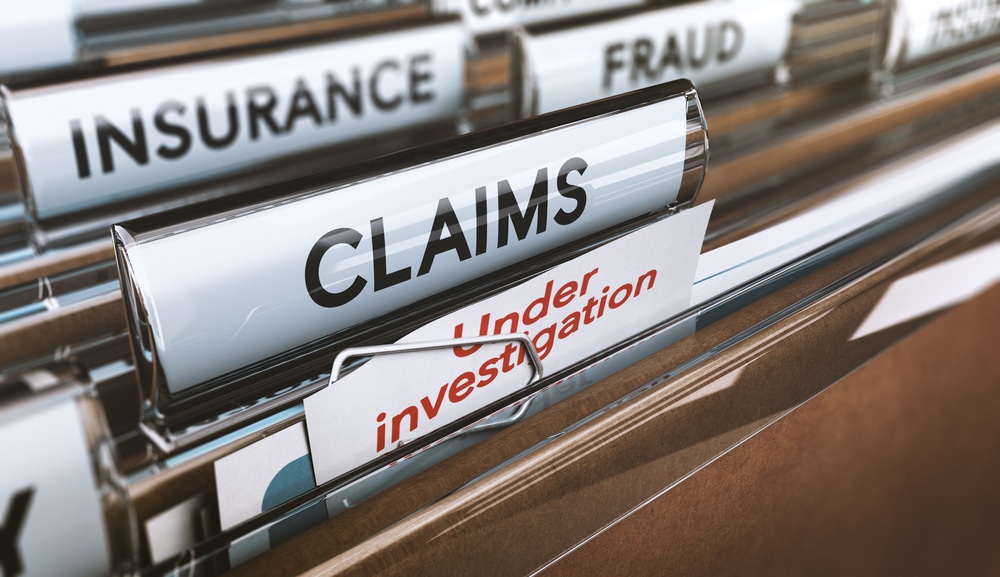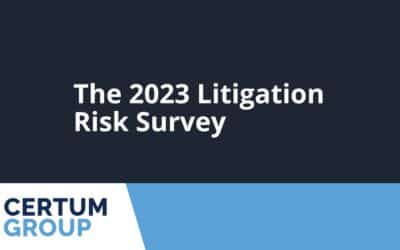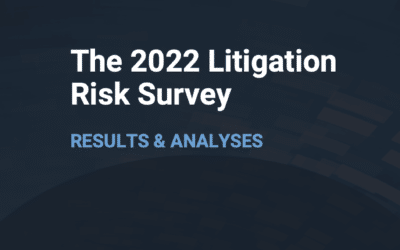In 2019, my colleague, Kevin Skrzysowski, wrote on this site about the risks of a consumer product class action settlement going viral. At that time, he was describing how feeder websites, social media, and the internet were all contributing to increasing take rates.
Now, nearly four years later, there is a new insidious trend affecting consumer product class action settlements: fraudulent claims on a heretofore unseen level. Following are three recent class action settlements that were impacted by fraudulent claims and describe one third-party administrator’s prescription for remedying this risk.
Godiva
In January 2019, plaintiff Steve Hesse sued Godiva Chocolatier over its line of products bearing “Belgium 1926” on the label. According to Hesse, that label was deceptive because Godiva Chocolates are not made in Belgium (the chocolate capital of the world); rather, they are made in Reading, Penn.
After years of litigating, the parties agreed on a $15 million claims-made settlement. Consumers who submitted a claim with proof of purchase were entitled to $1.25 per product, up to a maximum of $25. Those who submitted a claim without proof of purchase were entitled to $1.25 per product, up to a maximum of $15.
So far, a pretty unremarkable settlement. But then the claims started pouring in. In plaintiff’s motion for final approval of the settlement, the settlement administrator filed a declaration stating that while there had been 827,676 claims, an incredible 317,723 of them (38%) were “not valid.” This number was startling enough. But the story does not end there.
The administrator informed the court that, on its own volition, it “continued to review approved claims to ensure that they were valid.” It turns out: they weren’t. The administrator “discovered that a bot stemming from a foreign country had been used to manufacture fraudulent claims.” And it acknowledged discovering this defect “because this same type of fraud…had occurred in another settlement it was administering.”
After further review, the administrator determined that an additional 74,273 claims were invalid, meaning that at the end of the day, 47% of all filed claims were fraudulent.
Celsius
Two individuals sued Celsius Holdings, Inc. in 2021, alleging that its Celsius Live Fit drinks were mislabeled as “No Preservatives” when, in actuality, they contained the preservative citric acid. In late 2022, the parties announced a $7.8 million non-reversionary settlement, through which those who submitted a claim with proof of purchase would be capped at $250, while those who submitted a claim without proof of purchase would be entitled to up to $1 for every can (so a 12 pack would be worth up to $12) and up to $5 for every 14-unit package of powdered drinks, capped at a maximum of $20. While the $250-with-proof benefit was higher than average for a consumer product settlement, the $20-without-proof benefit was in no way remarkable. But what happened next was.
After a 60-day-claims-period, there were 1,774,900 claims: a staggering figure. Yet, of those claims, 209,642 were duplicates, while 658,719 were invalid, which the settlement administrator defined as “multiple claims from a single internet protocol address,” “claims from known fraudulent email domains, claims that appear to be unrelated to each other with a request to be paid using the same digital payment account information, and claims with outlier product quantities that have deficient or suspect documentation.” This left only 906,539 valid claims, meaning a full 49% of submitted claims were fraudulent.
Anheuser-Busch
The third settlement to discuss involved the King of Beers, Anheuser-Busch (A-B). Except this lawsuit did not concern beer; rather, it was about A-B’s “Ritas” brand Margarita, Sprits, and Fizz products. According to the named plaintiff, these canned cocktails evoked drinks traditionally made with distilled spirits or wine, but allegedly, the Ritas brand of products contained neither.
In July 2022, the parties agreed to an uncapped settlement, through which those who submitted a claim with proof of purchase would receive a maximum of $21.25, while those who submitted a claim without proof of purchase would receive a refund of up to $9.75. Two days before the claim period ended, the settlement administrator reported having received 784,534 claim forms.
The settlement administrator, however, noted that it had detected “unusual claim filing activity,” which led it to conduct an “extensive investigation into the filing of potentially invalid [c]laims.” In the final report to the court before the settlement was approved, the settlement administrator noted that this extensive investigation had uncovered 33,771 invalid claims out of the 269,944 it had reviewed (12.5%).
A Settlement Administrator’s Assessment
One settlement administrator active in the consumer product class action space was willing to speak on background about what he’s seeing. Top of mind for him was the incredible influx of fraudulent claims and what a strain it puts on the settlement administration process. He noted that while individuals lying in claim forms to obtain “no proof” benefits have always been a problem, the newest iteration of fraud, including sophisticated bots, is much harder to fight. And he said that there is a lot of discussion among administrators about how best to combat this phenomenon. Because most administrators charge on a per filed claim basis, the more fraudulent claims there are, the more expensive administration becomes for the parties. Accordingly, it has become imperative to try to create claim filing processes that discourage the scammers and stop the fraudulent claims before they cross the transom.
But for those fraudulent claims that are submitted, all hope is not lost. According to the administrator, there are anti-fraud devices that help stem the damage. Any time you can require claimants to provide a physical address or email address, instead of just a mobile phone number, the better off you will be.
While the administrator conceded that he cannot stop third-party sites from publicizing settlements nor stop bad international actors from filing fraudulent claims, his shop is constantly working on technological advances to create firewalls to head them off. But he lamented that technology that works for a time, e.g., Captcha, eventually falls prey to even more sophisticated fraudsters.
Finally, according to the administrator, for litigants that need to collaborate on a settlement process, it is critical that both parties be on the same page about fighting fraud and empowering the case’s settlement administrator to do so. He said that if he was such a litigant, he would want to know what his options were to weed out fraud, what has been successful in other cases, and how much each option costs.
If litigants fail to take this threat seriously and simply hire the cheapest administrator with the least amount of fraud controls, the result will always be the same: more money spent on administration, while less money goes to the class, a result that nobody (except maybe the administrators!) should want.
While defendants will have to decide for themselves which option is best for their situation, the most important thing is that they are aware that many of the claims made on a settlement may be fraudulent and they have a plan in place to detect the issue.
This article was previously published on Law.com New York Law Journal on July 26, 2023. © ALM Media Properties, LLC. Further duplication without permission is prohibited. All rights reserved.







